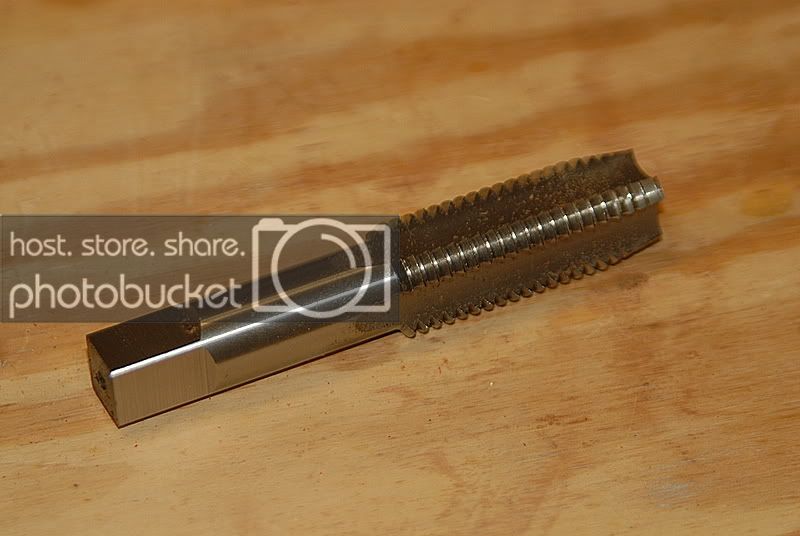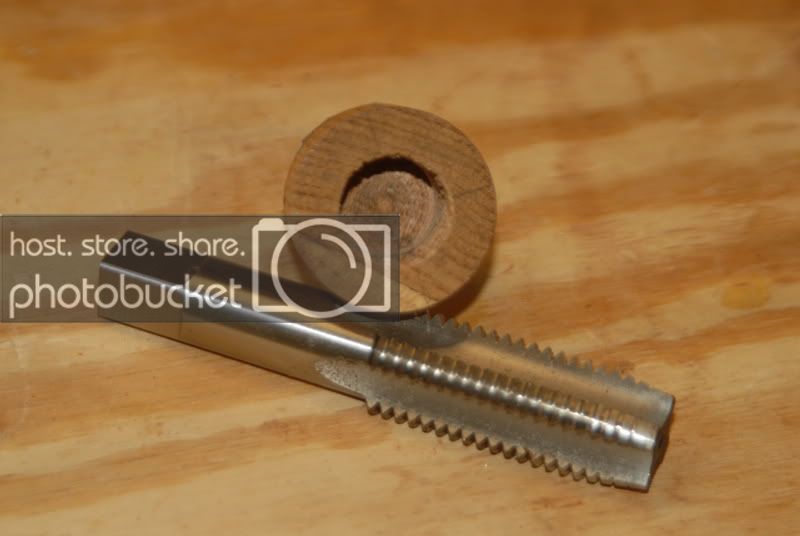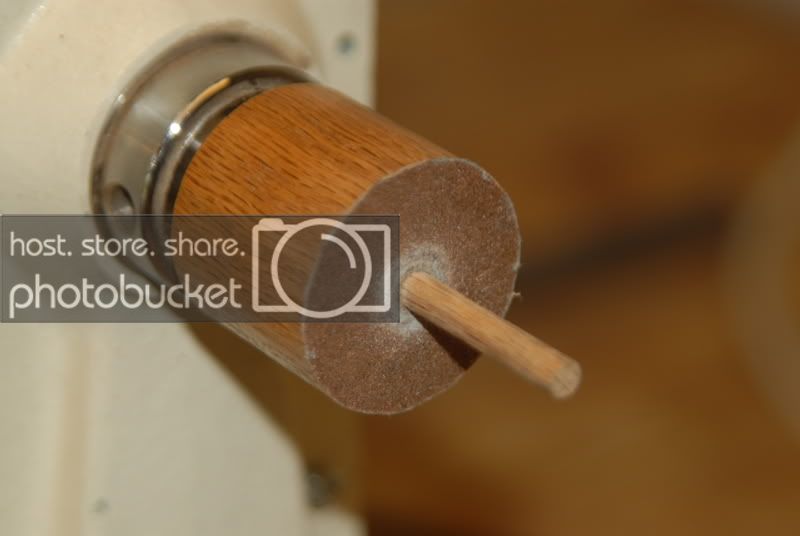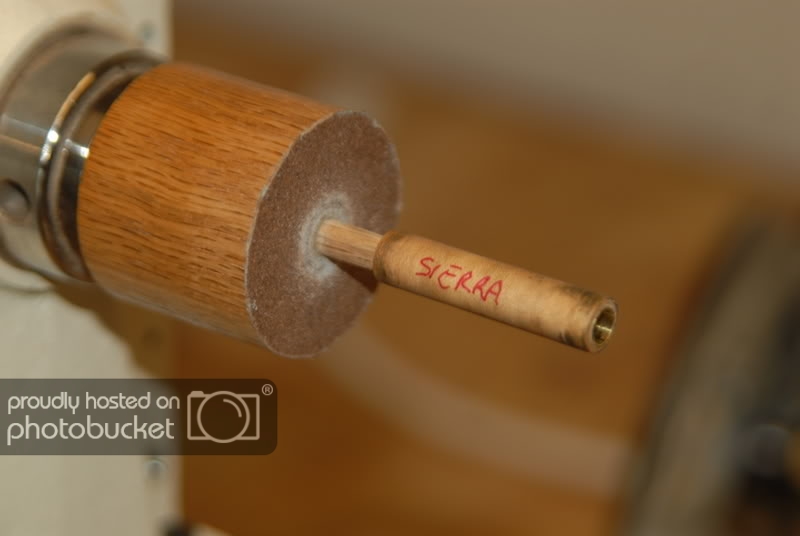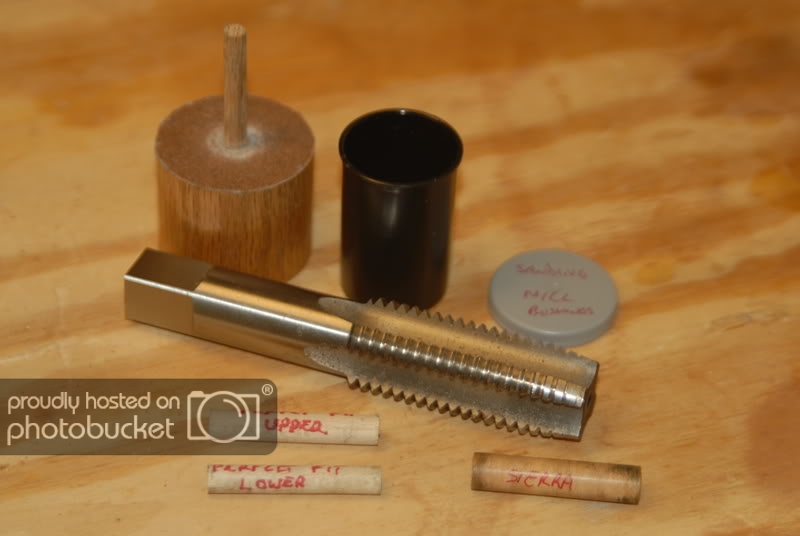The table saw trick sounds like a good possibility, you would have to make sure that your blade/sanding disk was set like a square 90 degree cut. I keep my table saw in storage most of the time, and it is so cheap that the blade angle doesn't stay where I put it.
I made a disk sander by turning a 6 inch wood disk, then mounted it on a 3 inch face plate that attaches to the 1" x 8tpi spindle on my lathe. I put a 6 inch self adhesive sandpaper disk on the wood disk, and I have a disk sander.
I sand ends instead of using an end mill. I sand visually for square, it wasn't hard to get the feel, I give the blank a quarter turn several times, and pay close attention to when the brass starts to show. If it starts to show on one side first I make an adjustment in pressure and get all parts of the brass to become visible at the same time. After a while I became able to hear when the sandpaper touches the brass; I haven't tried it with my eyes closed yet, but I haven't got any ends out of square for a long time.

